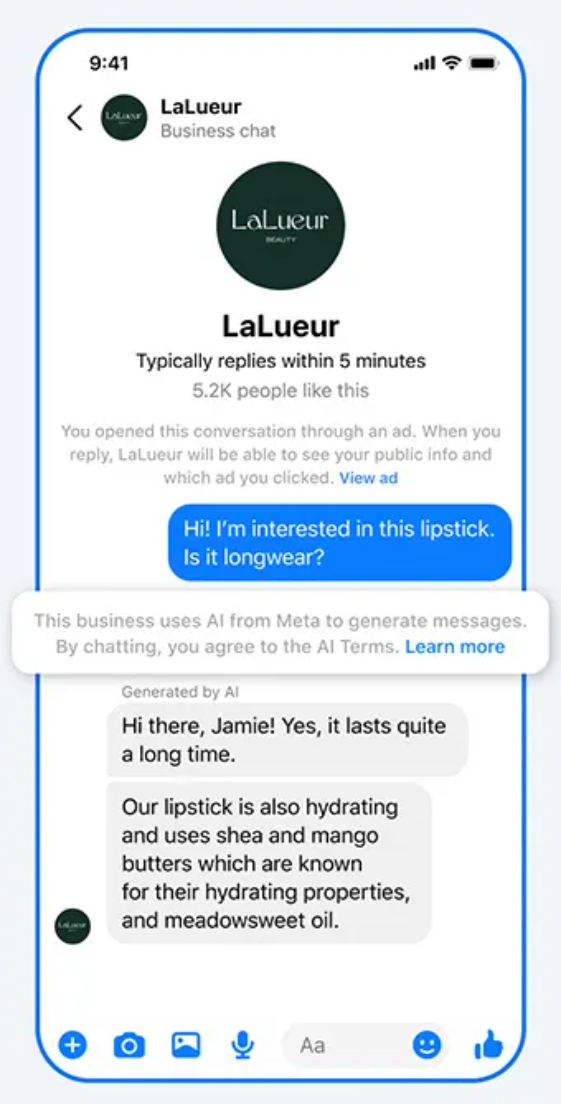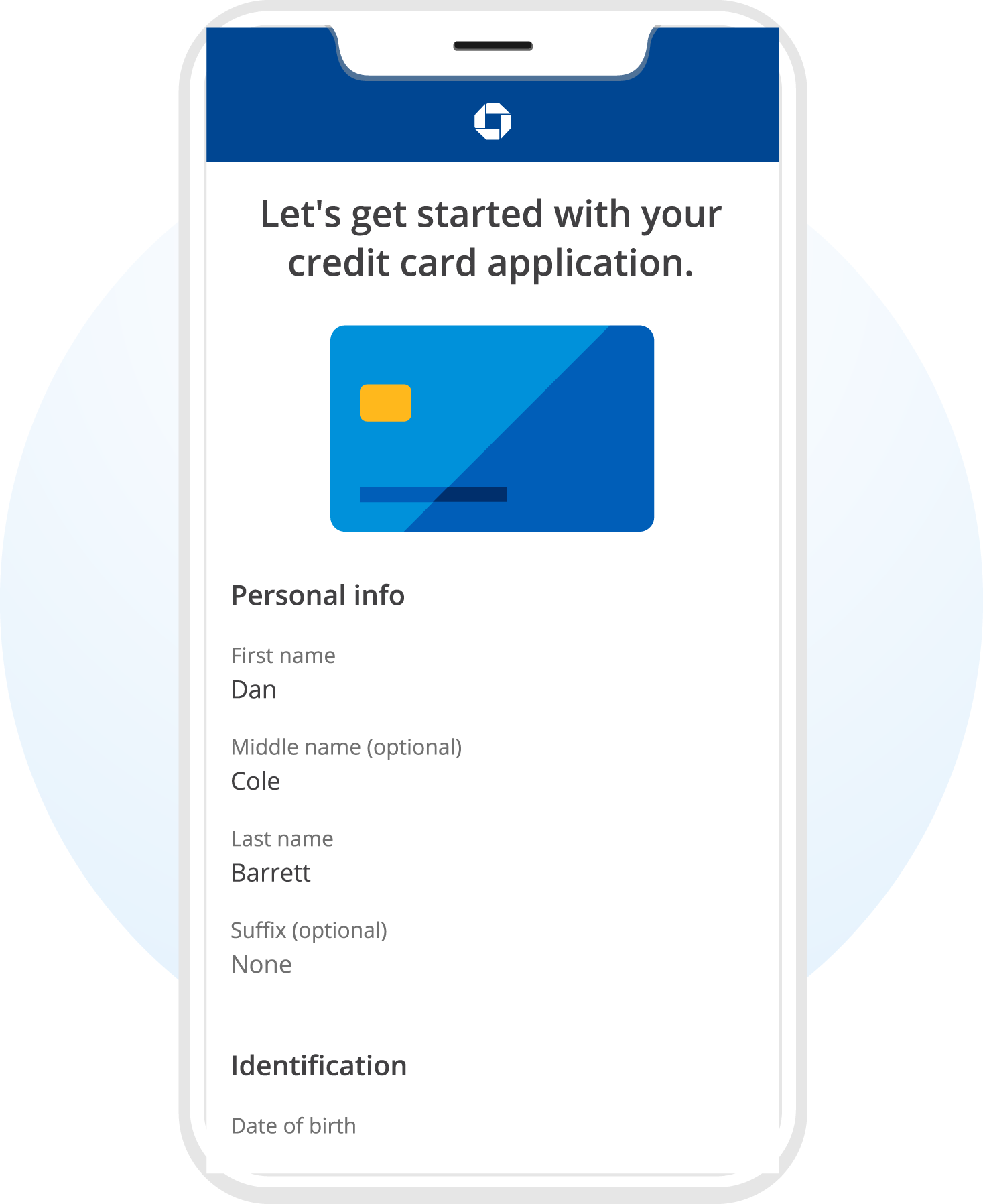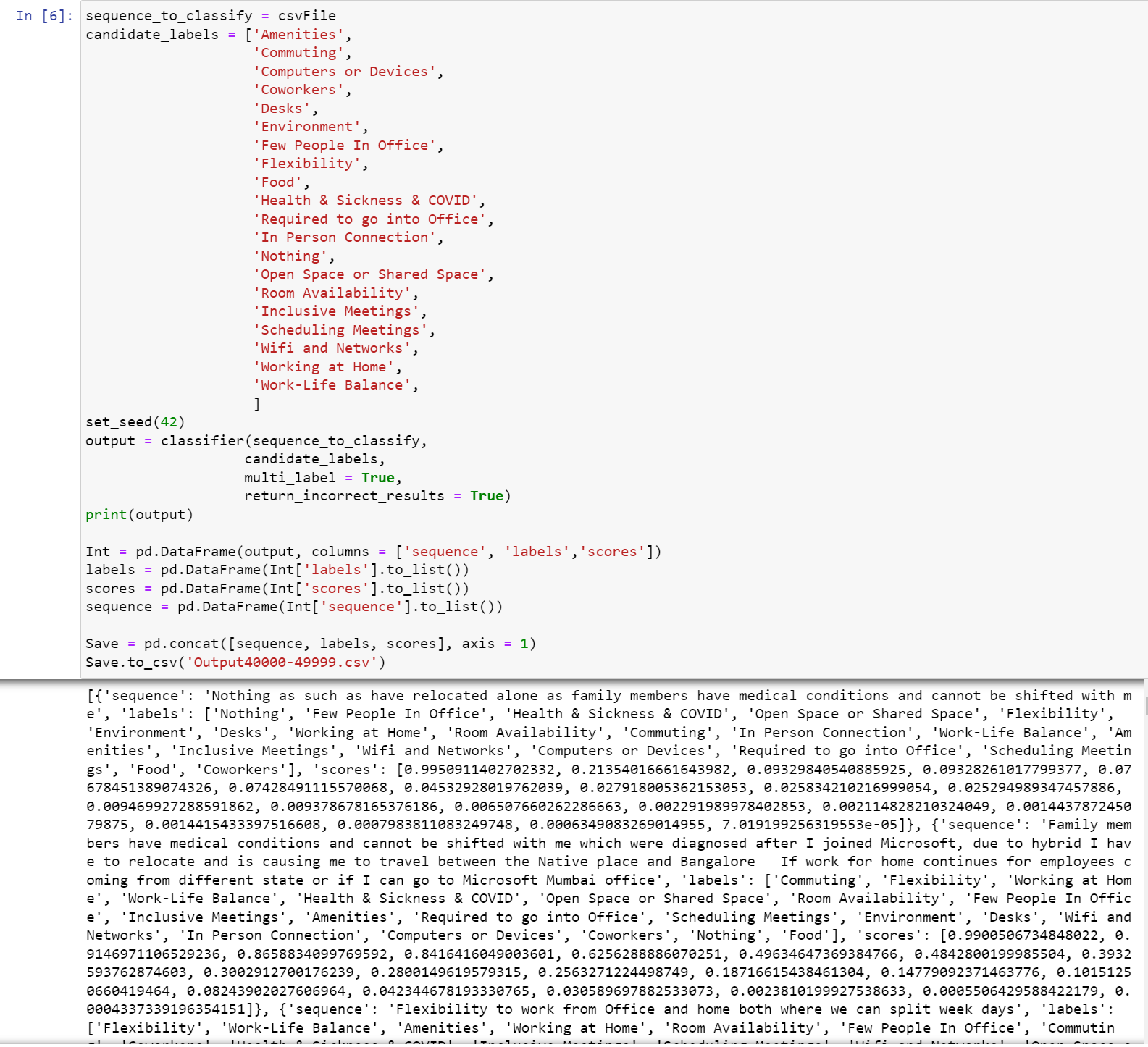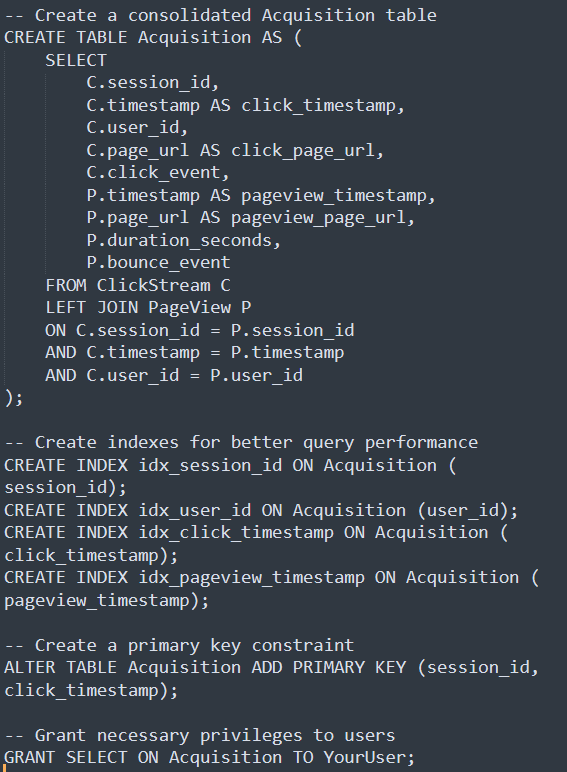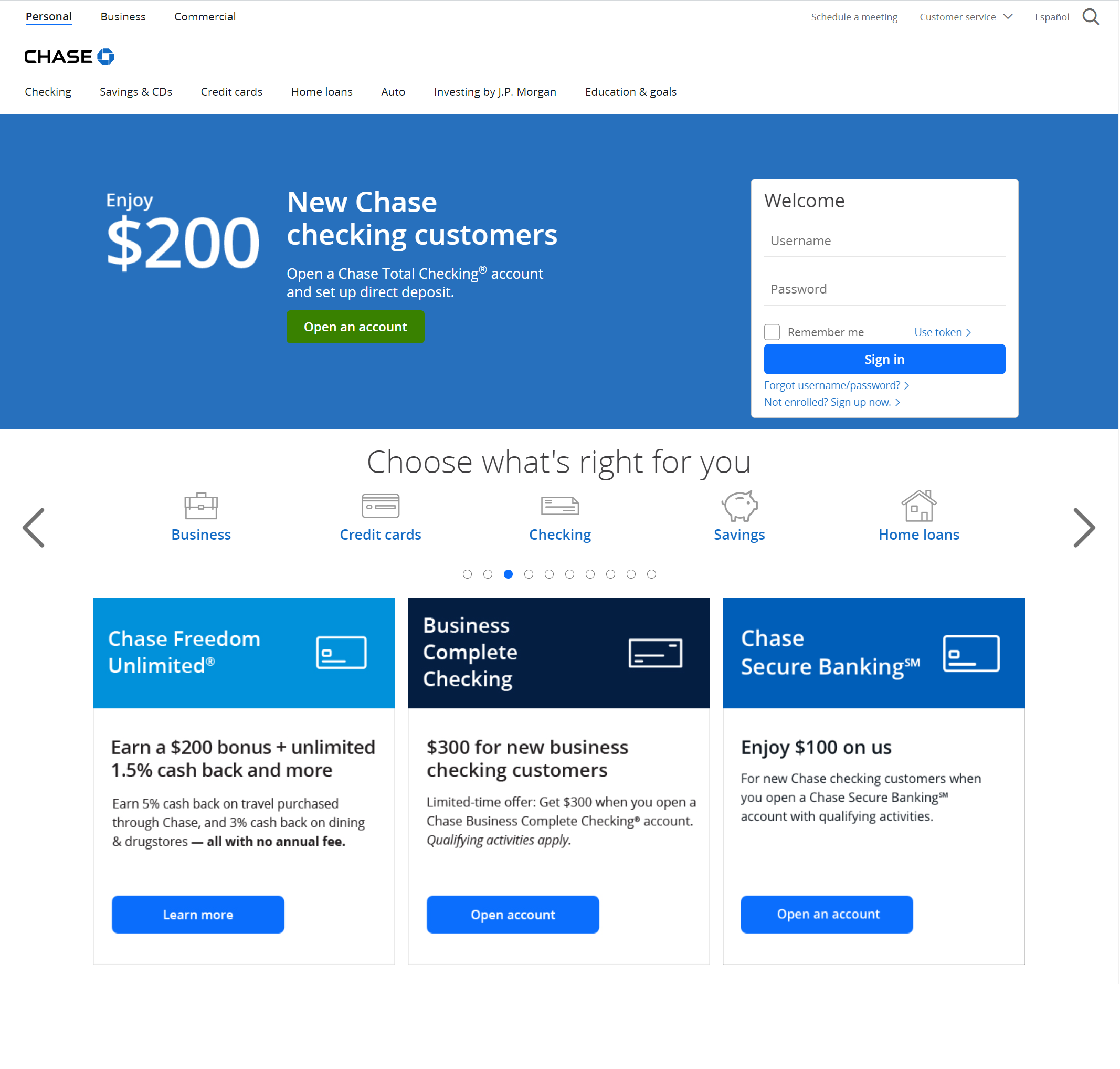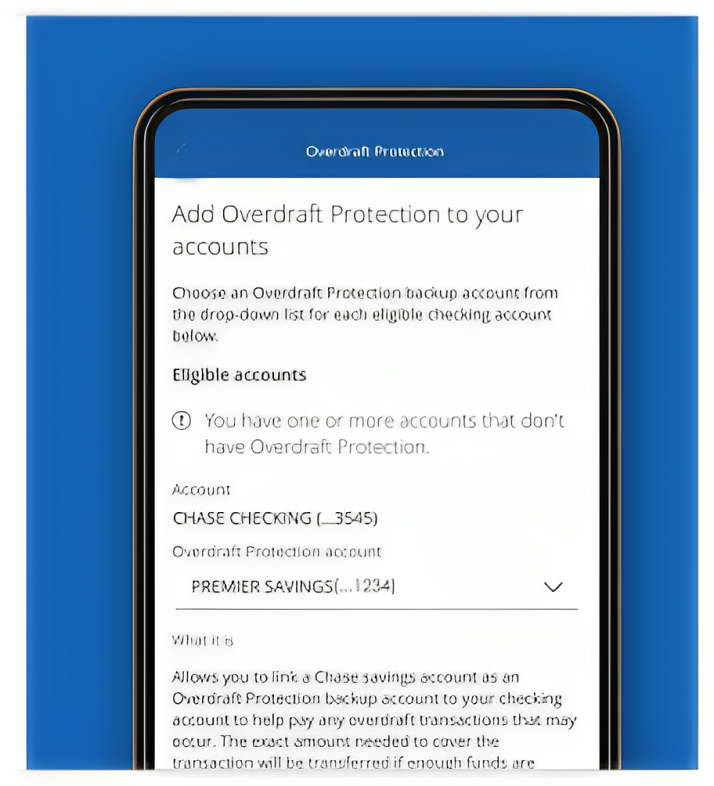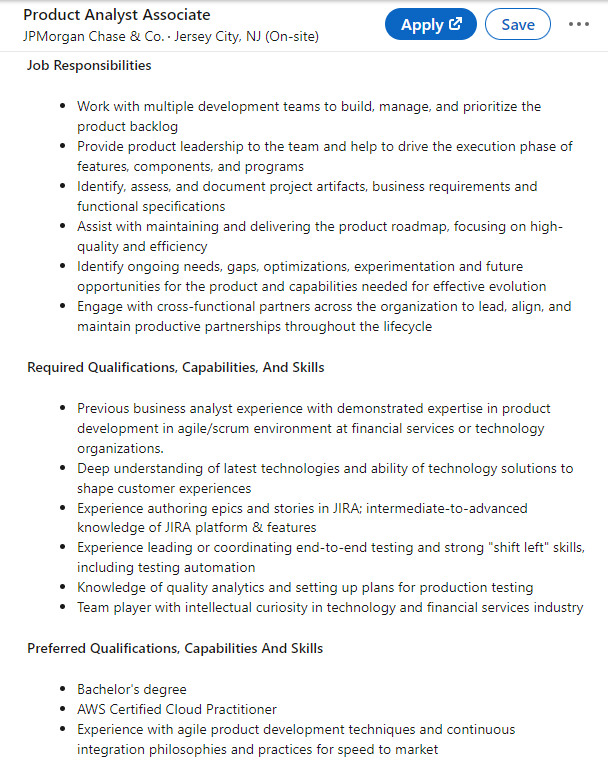Projects
Driving Foundational AI User Researcher for Meta Business Messaging
Project Overview
The main objective of this project was to research the value of AI-powered agentic business messaging as it transitioned from concept to execution, focusing on identifying areas of value for businesses on Messenger and Instagram. Understanding how AI could perform as a substitute for what had traditionally been human customer support interactions, like giving information about products, was critical particularly for small businesses that had very few employees.
Key Responsibilities
As the Quantitative UX Researcher, I led multinational alpha, beta and general availability studies combining survey data with platform interaction data. I managed the research process, including survey design, data analysis, and communicating findings to stakeholders. My approach involved close collaboration with qualitative researchers, providing them with user profiles and targeted outreach lists to ensure we spoke with the right participants.
Technical Approach
For data analysis, I utilized internal survey tools, SQL for data retrieval, and Python for manipulation, allowing efficient extraction of relevant information. When we encountered broken eligibility criteria for survey participants, I was able to recover the data by finding other criteria by which to check whether the user had interacted with an AI or a human. I determined whether the data was random or systemic, to help determine whether the data was still representative as well as to understand what the likely failure point was.
Working with the Data Engineering team, we identified and resolved these issues to maintain data integrity on future projects. To address data eligibility challenges that delayed our research timeline, I implemented survey weighting techniques ensuring our results represented target populations accurately. This critical step validated our findings across different user segments and allowed us to confidently present recommendations to stakeholders.
Impact & Findings
Through analysis of platform interaction data and survey responses, I uncovered key insights:
- Users don't have a worsened experience when interacting with the AI but do get much more timely responses
- Small businesses were able to increase the amount of work they can perform when they don't have to worry about customer support These insights directly influenced the deployment strategy, ultimately enhancing customer engagement and satisfaction.
Professional Growth
The project marked my first experience with a non-iterative research approach, teaching me valuable lessons about quickly bringing products to market to achieve relevance. I learned that prioritizing speed and responsiveness is essential for success in a rapidly evolving landscape. These insights will guide my future work as I apply these lessons to drive innovation and enhance user experiences in upcoming projects.
Pulse of Business Messaging: Tracking Business Messaging Across 15 Languages and Hundreds of Thousands of Monthly Responses
Project Overview & Scale
As the Quantitative UX Researcher for customer Business Messaging tracking, I led the implementation of a global research initiative designed to continuously monitor consumer sentiment across messaging platforms. The project tracked key metrics including value perception, relevance, and negative experiences associated with business messaging, serving as a critical guardrail against messaging overload. With hundreds of thousands of monthly responses spanning both Instagram and Messenger across priority markets, this project represented one of our largest-scale research efforts, providing visibility into global messaging trends and user sentiment.
Key Responsibilities & Technical Approach
My responsibilities included survey design, determining optimal invitation volumes, establishing data pipelines, and building comprehensive dashboards to visualize insights for stakeholders.
To effectively analyze the massive dataset, I utilized:
- Internal survey tools for data collection across multiple markets
- SQL for efficient data retrieval from our databases
- Python for sophisticated data manipulation and statistical analysis
- Interactive dashboards allowing stakeholders to filter by region, platform, and demographics
Impact & Future Direction
These insights directly informed critical product decisions, including the implementation of message frequency capping in high-volume markets and the optimization of delivery timing based on regional usage patterns. In the future, our hope is to use this abundance of data to understand what levers are able to be pulled to improve business messaging with a much longer understanding of effects.
Microsoft Employee Experience Survey Methodology Overhaul
Project Context & Challenge
Microsoft has a strong methodological process involving internal surveys used to test products and methods. My role was to support the Hybrid workstream which focused on improving employees' experience in a new working environment. The results of this workstream frequently fed into publicly available output, as well as internal reporting to the units that manage portions of the experience. Our group was gaining great data on an important topic but was constantly coming up against the same problem; utilizing it effectively. With 2000+ responses each month, the amount and variety of data meant that just processing open-ended responses and updating newsletters took up most of my time. If we were going to utilize this wealth of data effectively, we required a new approach.
Methodology Innovation
To address the challenge of efficiently utilizing the wealth of data collected through our internal surveys, I proposed a significant overhaul of the survey methodology. My approach included:
- Implementing a modular survey structure, breaking it down into smaller, focused sections
- Serving different respondents different question sets, reducing individual survey length from dozens to fewer than a dozen items
- Increasing response rates through shorter, more targeted surveys
- Gaining wider coverage across various aspects of the employee experience
Data Collection Optimization
Another important modification was the shift from open-ended questions to closed-ended ones, designed to be more easily actionable. While open-ended questions provide valuable insights, they can be time-consuming to analyze and can result in a loss of structured data. By providing respondents with a set of predefined options in closed-ended questions, we ensured that we captured specific, quantifiable responses.
However, we also recognized the importance of not losing valuable information that may be emergent. To address this concern, we included an "Other" option in each closed-ended question, allowing respondents to provide additional context or input when necessary. This approach struck a balance between structured data collection and the flexibility to capture unexpected insights. With these changes, I not only streamlined the survey process but also improved our ability to extract actionable insights from the data.
A/B Testing Chase's acquisition pipelines to increase monthly revenue by $20M
Role & Responsibility
During my tenure at JP Morgan Chase, I supported a series of initiatives aimed at enhancing the digital user experience and boosting digital account acquisition through owned advertisements and links. I was responsible for supporting acquisition research across both public and private digital portals, with a focus on data-driven decision-making.
Research Approach
Through rigorous A/B testing, we meticulously fine-tuned our strategies to ensure not only that more people were arriving to acquisition funnels but also that those that did arrive intended to open an account. This was atypical because the majority of the analysis on acquisition was not accounting for the full journey. Teams either considered conversion from owned media to the application or the start of the application to the end, which caused issues like many people clicking vague links to explore but not converting or offering products to customers we should know don't have the financial history to qualify for them.
Key Initiatives & Achievements
One of the key achievements during this period was the successful implementation of personalized product recommendations for customers based on their existing holdings. By tailoring product offerings to individual customer profiles, we not only improved user satisfaction but also significantly increased digital account acquisition.
- Implemented personalized product recommendations based on customer profiles and existing holdings
- Revamped enrollment flows for various products to make them more user-friendly and intuitive
- Removed barriers to entry and encouraged more customers to engage with our products
- Made continuous incremental changes, each tested to ensure improvements were marginal and sustained
Impact
As a result of these strategic changes, we witnessed a 7% increase in total account volume year over year, primarily driven by an increase in deposit accounts, translating to approximately $20 million in revenue each month.
